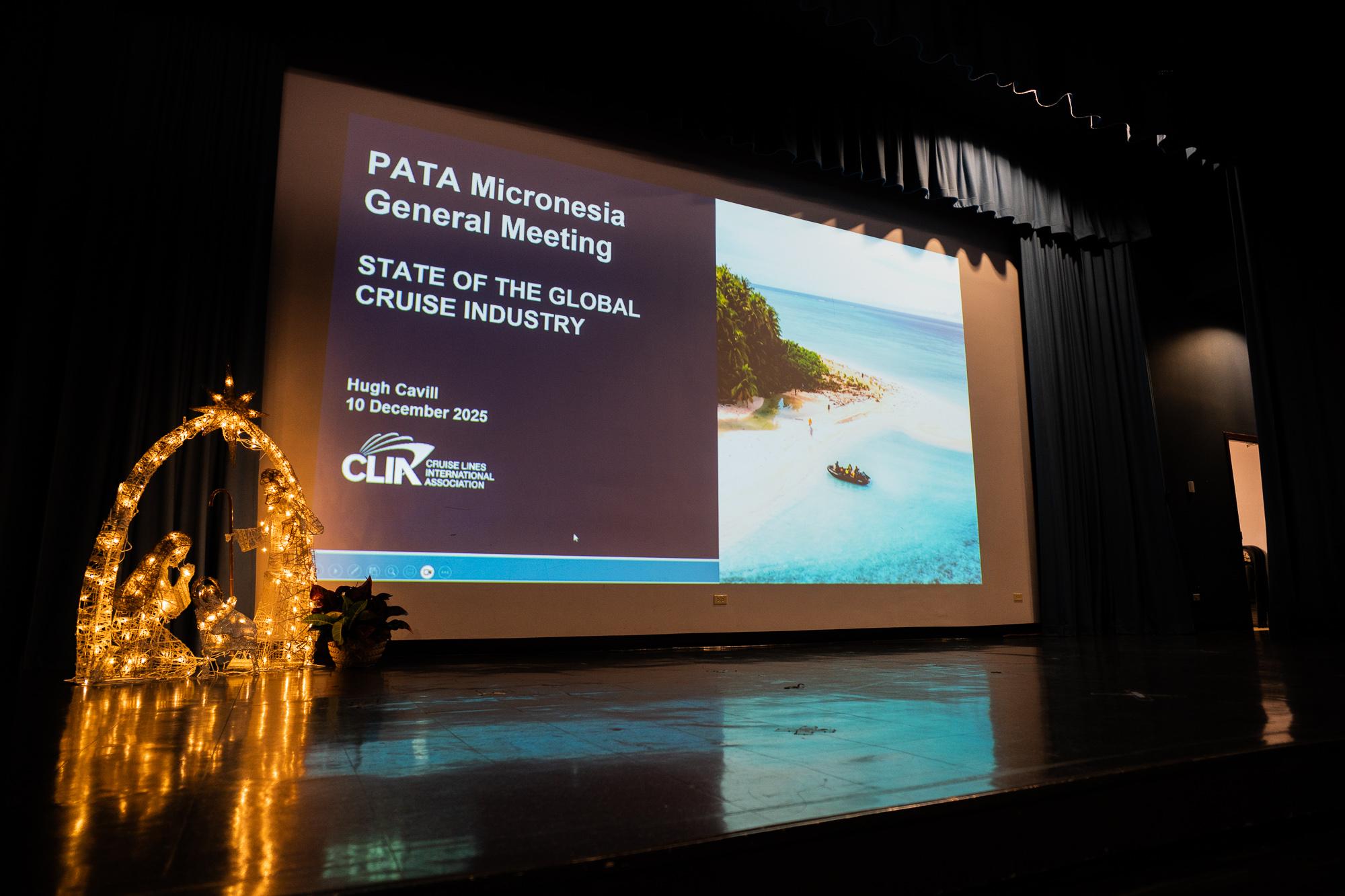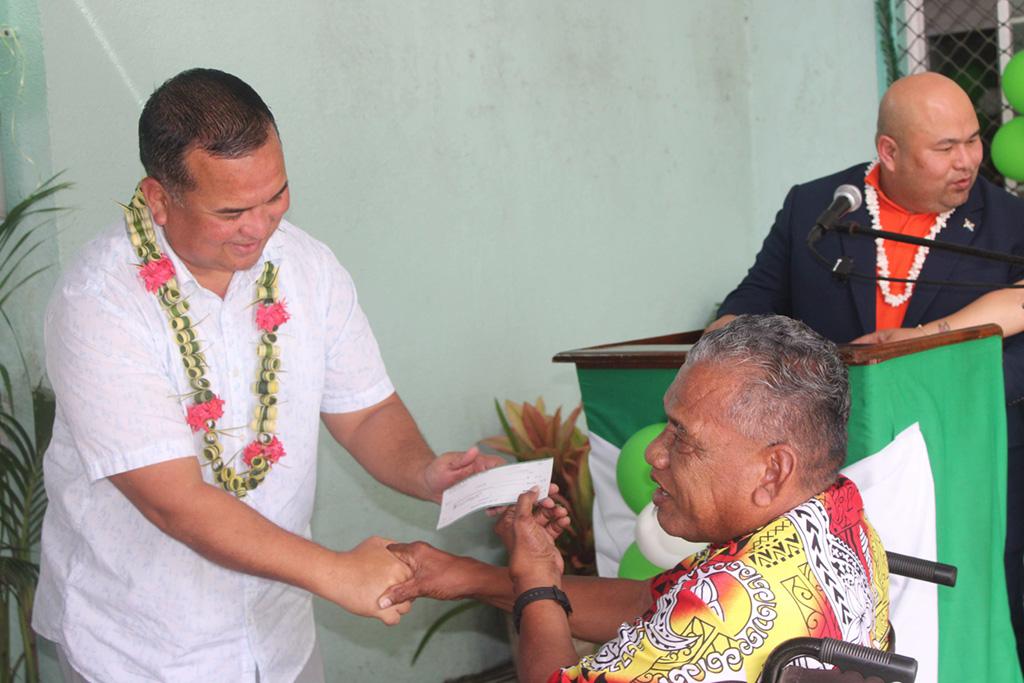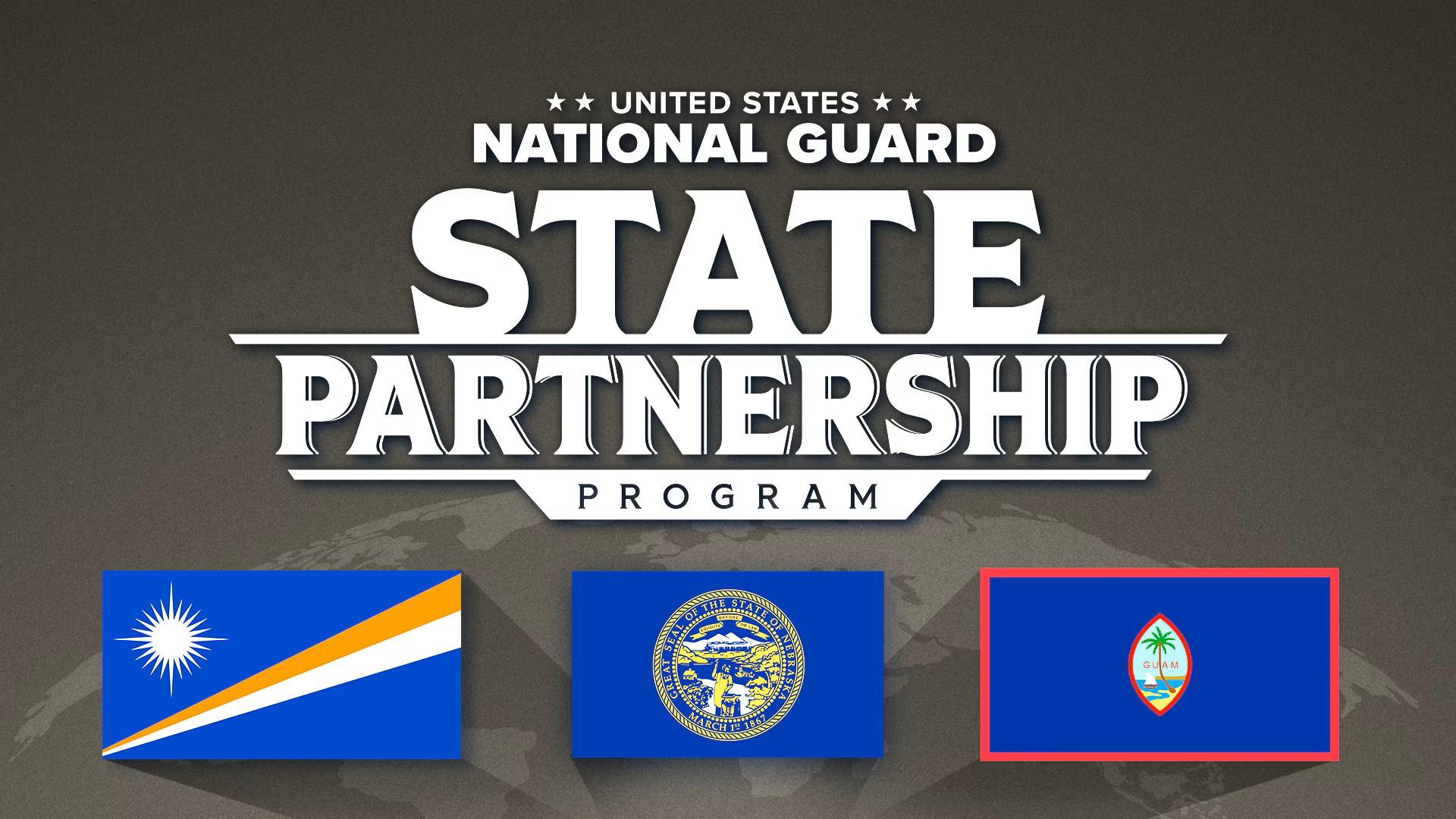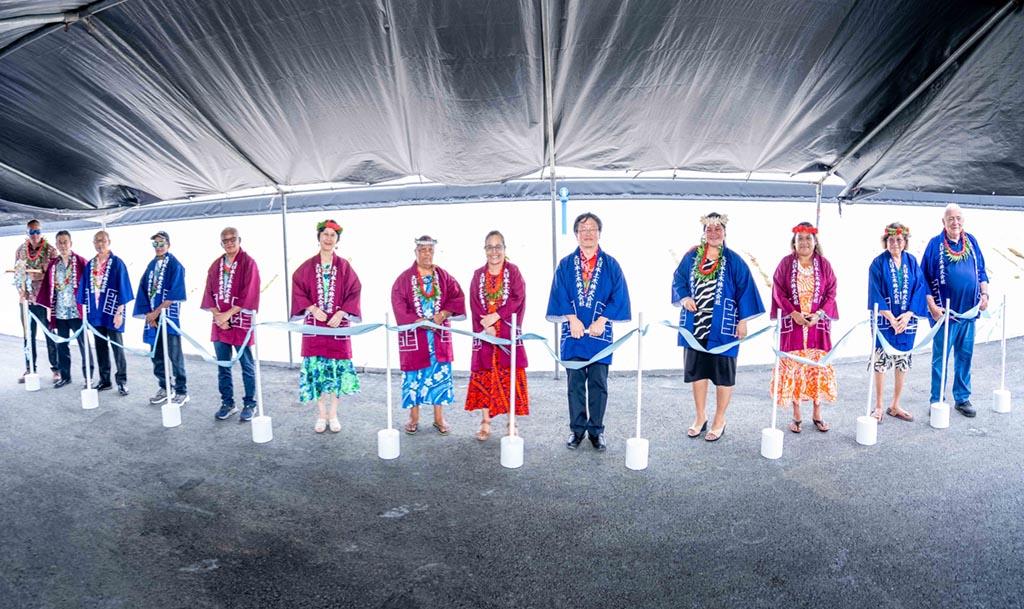BY GIFF JOHNSON
Marshall Islands Correspondent
MAJURO, Marshall Islands — As the first wave of COVID cases hit Pohnpei and Kosrae July 18, the Marshall Islands launched COVID vaccines for children six months and older to try to add another layer of protection against the virus as the country steers toward an October 1 border opening.
Since March 2020, the Marshall Islands has kept its borders closed and remained COVID free. The COVID spread in the Federated States of Micronesia — weeks before the scheduled Aug. 1 border opening — leaves the Marshall Islands and Tuvalu as the last two Pacific nations, and two of the last countries in the world, to maintain COVID-free status.
The Marshall Islands saw a wave of COVID “border cases” during July in managed quarantine in the country’s three facilities used to operate the 14-day in-country quarantine program. For more than two years and up to May, the Marshall Islands saw only 18 positive COVID cases in managed quarantine at Kwajalein and Majuro. But in July, 40 people tested positive for COVID in quarantine. This was likely a result of the government eliminating earlier this year a quarantine period in Hawaii prior to travel to the Marshall Islands that had weeded out a handful of positive cases for each repatriation group, as well as the highly contagious nature of the BA.5 Omicron variant. Despite the large number of positive cases in quarantine during July, the country saw no community spread.
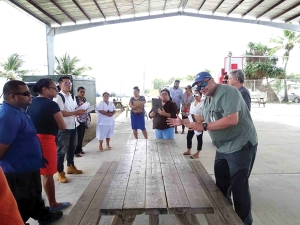
Marshall Islands Public Health Director Dr. Frank Underwood (at right) leads Ministry of Health and Human Services staff in a walk-through of a planned test and treat facility, one of several that will be set up in the community once COVID hits the country.
Photo by Wilmer Joel
But with the border slated to open in less than two months, all eyes were focused on the FSM’s response to its unexpected COVID wave as island authorities view Pohnpei and Kosrae as having population demographics and health resources like the Marshall Islands.
In light of both the FSM’s evolving COVID situation and the rise in border cases, Marshall Islands Ministry of Health and Human Services increased COVID testing in July. “At our Ministry — only as a precaution — we have stepped up random COVID test sampling in the community,” said Health Secretary Jack Niedenthal on July 22, commenting on the response to COVID outbreak in the FSM. “If you are asked to do a random sample, please cooperate with our health officials. The most critical elements of fighting this virus will be cooperation, organization and the timely dissemination of information.”
The FSM situation and Marshall Islands border cases cast an increasingly large COVID shadow over the Marshall Islands and it appears to be spurring people to get vaccinated. A total of 165 children in the six months to five years of age group were vaccinated against COVID the first week these vaccines were offered in Majuro, showing a good response by adult family members to the newly available vaccine.
By the third week of July, the Marshall Islands had a 78% fully vaccinated rate, Niedenthal said. That dropped about 7% when the ministry launched vaccines of the six months to five-year age group due to the increased number of eligible local residents.
Authorities in Majuro generally indicate that the country is about as close to being ready as it can be for the deluge of COVID cases that will follow the end of managed quarantine.
In every country in the world, hospitals have been stressed to the breaking point by the initial waves of COVID, and few believe it will be much different in the Marshall Islands — although its COVID-free situation has allowed health officials to learn from the experiences of other Pacific islands to avoid certain pitfalls. Chief among these has been the lesson learned to “protect the hospital” at all costs, Niedenthal said. Following the advice and experience of Palau health authorities, the Marshall Islands has been setting in motion plans for establishing a series of COVID testing and treatment centers using gymnasiums in various parts of the community to reduce the flow of sick people into the hospitals on Majuro and Ebeye. The aim is to protect health workers as well as inpatients, while allowing only seriously people into the hospital who need a higher-level of care.
On July 27, Niedenthal felt some optimism about the vaccine situation. “A lot of people getting vaccinated here today,” he said. “Older people.” He said he saw the mayor of an outer island getting a COVID shot and “because they were telling him to come back in four weeks, I think that was his first shot.” It is this relatively small group of unvaccinated islanders that Niedenthal hopes will respond to the renewed push for vaccinations to prepare for the onslaught of COVID in just weeks. mbj
















